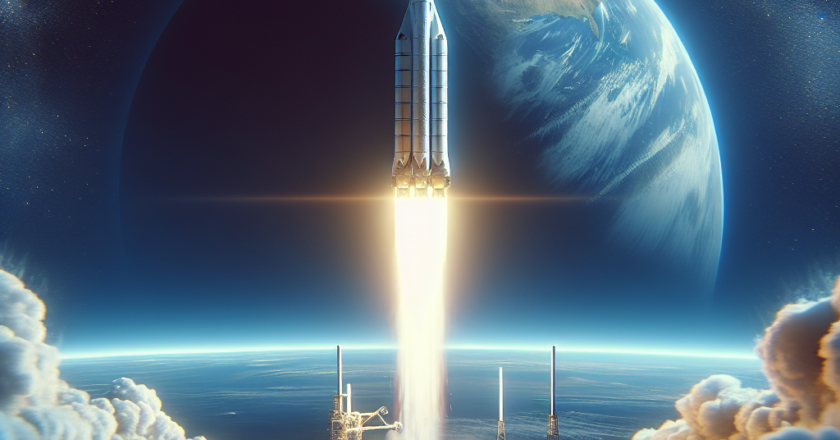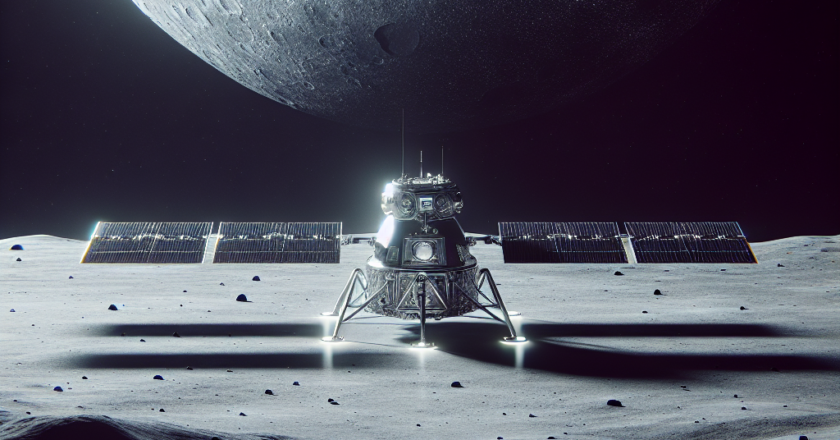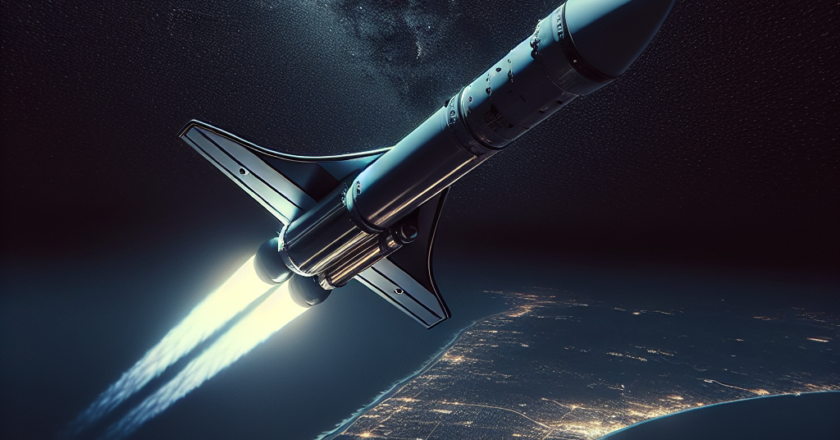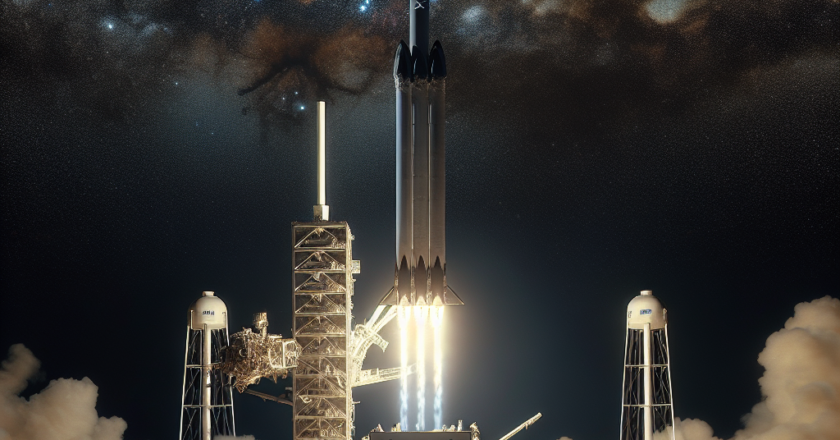Exploring Space: High School Aerospace Scholars Program by NASA
# Summary of the Article:
- **Program Name**: High School Aerospace Scholars (HAS) program
- **Initiative**: Offered by NASA’s Office of STEM Engagement at Johnson Space Center
- **Target Audience**: Texas high school juniors
- **Purpose**: Provides hands-on experience in space exploration
- **Activities**: Designing spacecraft, planning Mars missions, and more
## Author's Take:
The High School Aerospace Scholars (HAS) program by NASA’s Office of STEM Engagement is a fantastic gateway for Texas high school juniors into the world of space exploration. This initiative not only offers valuable hands-on experience but also ignites a passion for STEM fields and potentially shapes the future of space exploration enthusiasts.
Click here for the original article.










